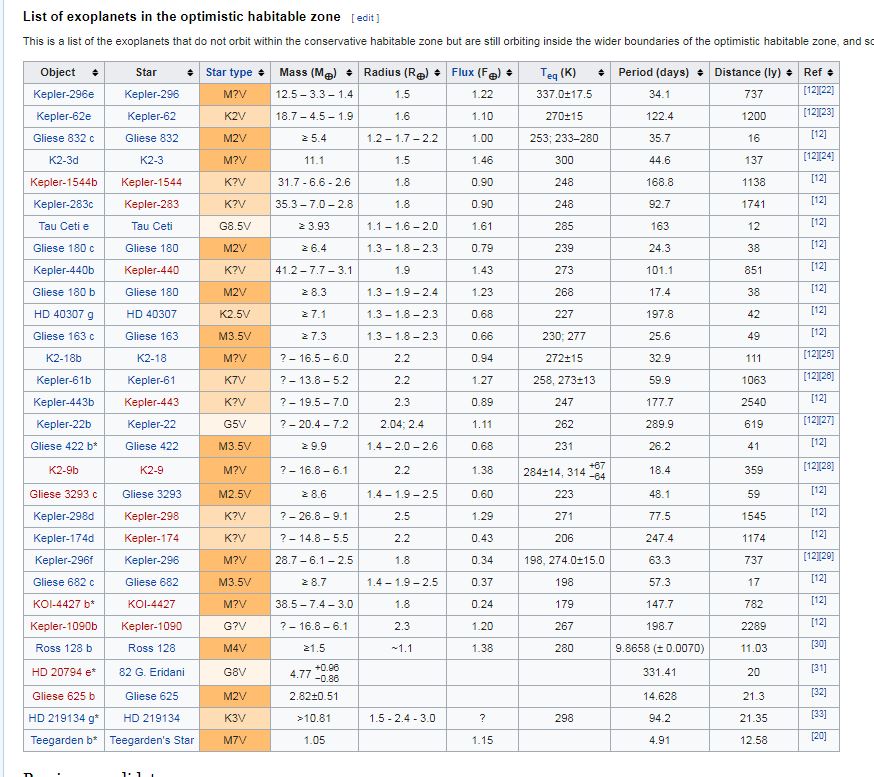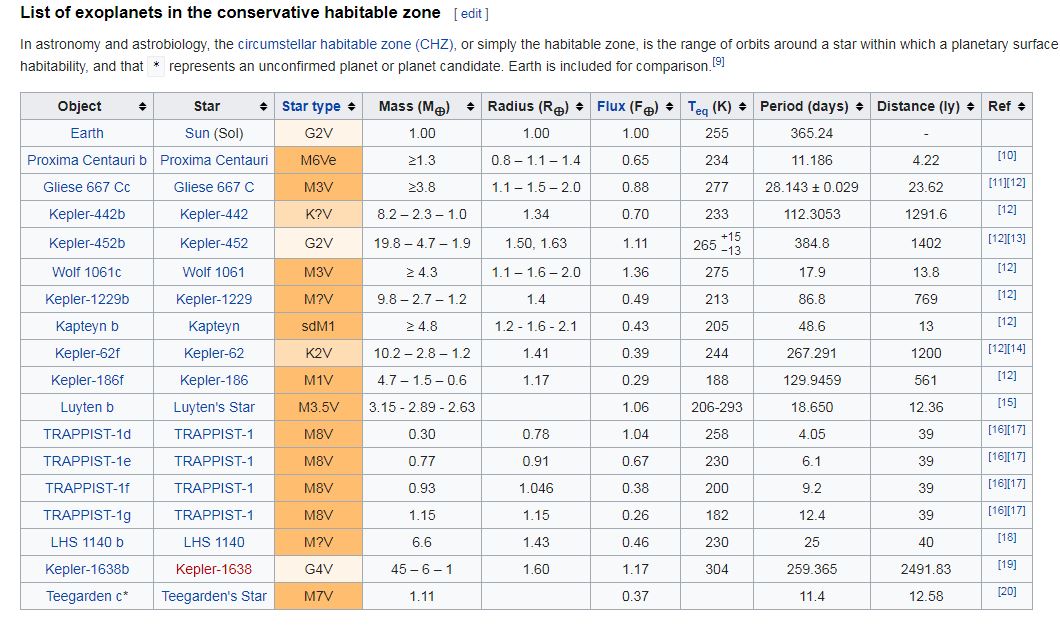It looks like you're using an Ad Blocker.
Please white-list or disable AboveTopSecret.com in your ad-blocking tool.
Thank you.
Some features of ATS will be disabled while you continue to use an ad-blocker.
share:
originally posted by: carsforkids
a reply to: Jay-morris
You don't have to come back! I have completly proved my point! You lied about me to justify your attack! And you know that, and so does everyone else on this thread.
Um ...I don't know that.
That does not suprise me!
originally posted by: carsforkids
originally posted by: Jay-morris
originally posted by: carsforkids
a reply to: Jay-morris
You make absolutely no sense at all. You're hopeless with this weird
combination of attack and blame the other guy first illogically bad
grammar, repetitious posting trolling and obsessed.
And wrong to boot. I'm not sure you could be more perfect for
the job.
You have spent this thread ignoring or dodging questions. I have answered every question you have put towards me, while you have not!
Like the above, you say all this stuff, but never back up or give reasons for why you are writing said post. Why have you done that through the entire thread?
I am still waiting for answers to questions I put go you, which you ignore because you simply do not have the answer. But you have done this yo not just me, but go other people who oppose your fairytales.
You only get brave when someone else attacks me, then you spring into life saying this and that about me, without posting any proof!
Well done!
Why do you keep quoting posts without adding any comment?
We should all get along.
It is good news that we are not a random accident. The obvious necessity of an Intelligent Faculty involved in the spawn of the universe and its precise laws indicates that there is a higher purpose to our lives. We have this same Intelligence within us, use it for harmony, not for strife. We have more in common than we do differences.
It is good news that we are not a random accident. The obvious necessity of an Intelligent Faculty involved in the spawn of the universe and its precise laws indicates that there is a higher purpose to our lives. We have this same Intelligence within us, use it for harmony, not for strife. We have more in common than we do differences.
originally posted by: cooperton
We should all get along.
It is good news that we are not a random accident. The obvious necessity of an Intelligent Faculty involved in the spawn of the universe and its precise laws indicates that there is a higher purpose to our lives. We have this same Intelligence within us, use it for harmony, not for strife. We have more in common than we do differences.
How do you know this "intelligent faculty" is our friend? And what higher purpose do you speak of?
originally posted by: TzarChasm
How do you know this "intelligent faculty" is our friend? And what higher purpose do you speak of?
"the prison-house is the world of sight, the light of the fire is the sun, and you will not misapprehend me if you interpret the journey upwards to be the ascent of the soul into the intellectual world according to my poor belief, which, at your desire, I have expressed whether rightly or wrongly God knows. But, whether true or false, my opinion is that in the world of knowledge the idea of good appears last of all, and is seen only with an effort; and, when seen, is also inferred to be the universal author of all things beautiful and right, parent of light and of the lord of light in this visible world, and the immediate source of reason and truth in the intellectual; and that this is the power upon which he who would act rationally, either in public or private life must have his eye fixed."
Socrates Allegory of the Cave
edit on 8-12-2019 by cooperton because: (no
reason given)
a reply to: cooperton
There is power held within the attempt to understand this parable.
Metaphorically, if we are all just shadows in the reflection of our higher beings, then we are just a representation of the higher dimensions. This is where we truly exist, eternally, therefore all we have is a fleeting perspective of a vastly more complicated puzzle, before moving on. Science is just one piece, that right now, we have scattered all over the floor.
There's certainly more to the world than meets the eye and the darkness has left us cold and afraid, together we can be something more. A philosophical culture would prosper.
Also, it would be foolish to think people don't exploit this power, there's those who worship the darkness Plato tells of and they are the most powerful of enemies, unfortunately they reside at the top of our pyramid, the place where scientific advance is at its outer limits.
My prayer is that God is listening to those who believe, because without him, i fear we are doomed.
There is power held within the attempt to understand this parable.
Metaphorically, if we are all just shadows in the reflection of our higher beings, then we are just a representation of the higher dimensions. This is where we truly exist, eternally, therefore all we have is a fleeting perspective of a vastly more complicated puzzle, before moving on. Science is just one piece, that right now, we have scattered all over the floor.
There's certainly more to the world than meets the eye and the darkness has left us cold and afraid, together we can be something more. A philosophical culture would prosper.
Also, it would be foolish to think people don't exploit this power, there's those who worship the darkness Plato tells of and they are the most powerful of enemies, unfortunately they reside at the top of our pyramid, the place where scientific advance is at its outer limits.
My prayer is that God is listening to those who believe, because without him, i fear we are doomed.
edit on 9/12/19 by Grenade because: (no reason given)
a reply to: carsforkids
This forum is noted for stupid posts, but this has to be one of the most ignorant.
Lesson: When in doubt, do the math.
exoplanets.nasa.gov...


A Statistical Approach to Illustrate the Challenge of Astrobiology for Public Outreach
Frédéric Foucher,* Keyron Hickman-Lewis, Frances Westall, and André Brack
www.ncbi.nlm.nih.gov...
This forum is noted for stupid posts, but this has to be one of the most ignorant.
Lesson: When in doubt, do the math.
This is a list of exoplanets. As of 8 December 2019, there are 4,104 confirmed exoplanets.[1] The majority of these planets were discovered by the Kepler space telescope. In addition to the confirmed exoplanets, there are 2,420 potential exoplanets from its first mission that are yet to be confirmed, and 892 from its "Second Light" mission. Additionally, a growing number of planets are being discovered by the Transiting Exoplanet Survey Satellite (TESS).[2]
For yearly lists on physical, orbital and other properties, as well as on discovery circumstances and other aspects, see § Specific exoplanet lists
exoplanets.nasa.gov...


7. Conclusions
We have used a more or less empirical statistical approach to evaluate the probability of the existence of extraterrestrial life as a function of its stage of evolution. The results permit determination of the order of magnitude of the distance separating these forms of life from the Earth. Depending on this distance, we discussed the potential of detectable biosignatures. Finally, we have shown that the more extraterrestrial life has evolved, the greater its likely distance from the Earth, and thus the lower the possibility of its detection. Consequently, if extraterrestrial civilisations are possible, we could only detect them at present if they are able to communicate in space using a radio or a light signal. Similarly, even if the probability of microbial life in other stellar systems is relatively high, we could only detect it on habitable planets if it has reached a sufficient stage of evolution to release gases that modify the atmosphere of the planet. Finally, even if we are now able to make in situ investigations on several potentially inhabited bodies of the Solar System, these investigations are still limited to surface exploration. The only current target on which we can search for extra-terrestrial life is thus Mars.
Despite these apparently discouraging conclusions for the possibility to detect extraterrestrial life, this study also demonstrates that life is probably common in the Universe. Moreover, even if the probability to detect extraterrestrial intelligence is close to zero, the probability to detect photosynthetic life on exoplanets is not at all negligible. The probability to find active microbial life on a body other than Earth in the Solar System is also high enough to justify future projects involving investigation of the icy moons of Saturn and Jupiter, as well as the present and future missions to Mars. The approach outlined herein has been used to simply and successfully explain the challenge of astrobiology to the general public, in particular during a two day training course for teachers, and appeared to be very useful and well-understood.
A Statistical Approach to Illustrate the Challenge of Astrobiology for Public Outreach
Frédéric Foucher,* Keyron Hickman-Lewis, Frances Westall, and André Brack
www.ncbi.nlm.nih.gov...
a reply to: Phantom423
There has to be life on other planets if our scientific data is correct.
Whether that confirms the statistical probability of Drake's equation correctly predicting the propagation of life throughout the universe remains to be seen.
There's an awful lot of estimation happening in those calculations, this can quickly create an exponential negative factor to accuracy.
It's more of a thought experiment than real science.
There has to be life on other planets if our scientific data is correct.
Whether that confirms the statistical probability of Drake's equation correctly predicting the propagation of life throughout the universe remains to be seen.
There's an awful lot of estimation happening in those calculations, this can quickly create an exponential negative factor to accuracy.
It's more of a thought experiment than real science.
a reply to: Phantom423
Where for hence comest thou that you should proclaim my ignorance
with such drivel? You wander into my Kingdom speak of my ignorance
at my city steps with pseudo science as proof? I've chosen my words
well thru out this entire post. Perhaps you should've done the same?
Where for hence comest thou that you should proclaim my ignorance
with such drivel? You wander into my Kingdom speak of my ignorance
at my city steps with pseudo science as proof? I've chosen my words
well thru out this entire post. Perhaps you should've done the same?
a reply to: carsforkids
ROFLMAO - remind us again :
what is your " logic " for setting any variable in drakes equation to zero ?????????????
you have shown repeaedly - despite all attempts to educate you - that you utterly fail to understand what the drake equation is
and further - your entire " objection " to it - is simply cultist dogma
need i remind you what you " first answer " was - when i asked you :
why are you opposed to the premise of alien life ???????????????
for the amusement of readers - you said " the drake equation "
thats how farcical this thread is
ETA - read pg 10 // 11 [ mine and OP replies ] - for the evidence of its " position "
ROFLMAO - remind us again :
what is your " logic " for setting any variable in drakes equation to zero ?????????????
you have shown repeaedly - despite all attempts to educate you - that you utterly fail to understand what the drake equation is
and further - your entire " objection " to it - is simply cultist dogma
need i remind you what you " first answer " was - when i asked you :
why are you opposed to the premise of alien life ???????????????
for the amusement of readers - you said " the drake equation "
thats how farcical this thread is
ETA - read pg 10 // 11 [ mine and OP replies ] - for the evidence of its " position "
edit on 9-12-2019 by ignorant_ape because: (no reason
given)
a reply to: ignorant_ape
The ignorance that comes from people when a simple Biblical reference
is made truly goes to infinity. The is demonstrated perfectly here in this
thread and you can be so proud to have been a part of it. Well done indeed!
Nothing complicated is going on here Einstein!
I'm simply saying there is no other civilizations in the whole gawd damn universe
if this is the very first one.
Perhaps you have proof that this is not the first one? If not you just got owned
and clowned.
Ignorant ape ignorance and psychopathy on display
The ignorance that comes from people when a simple Biblical reference
is made truly goes to infinity. The is demonstrated perfectly here in this
thread and you can be so proud to have been a part of it. Well done indeed!
Nothing complicated is going on here Einstein!
I'm simply saying there is no other civilizations in the whole gawd damn universe
if this is the very first one.
Perhaps you have proof that this is not the first one? If not you just got owned
and clowned.
Ignorant ape ignorance and psychopathy on display
edit on 9-12-2019 by carsforkids because: (no reason given)
a reply to: carsforkids
More like carsforkids ignorance, dogmatic intolerance of other viewpoints and tendency to insult other posters on display, surely?
More like carsforkids ignorance, dogmatic intolerance of other viewpoints and tendency to insult other posters on display, surely?
a reply to: oldcarpy
Oh don't you all get so flustered when you're dealing with a
believer who can dish out what you serve right back to you? Are
you really such little girls that you can't take it? Un redeemable! lol

Oh don't you all get so flustered when you're dealing with a
believer who can dish out what you serve right back to you? Are
you really such little girls that you can't take it? Un redeemable! lol

edit on 9-12-2019 by carsforkids because: (no reason given)
a reply to: carsforkids
You seem to be the one who likes to dish it out but can't take it.
Got anything to add to this thread apart from your usual tedious and childish insults?
You seem to be the one who likes to dish it out but can't take it.
Got anything to add to this thread apart from your usual tedious and childish insults?
a reply to: carsforkids
Do grow up. And grow a pair while you are at it.
Do you have nothing at all apart from your. Childish insults and religious dogma?
Do grow up. And grow a pair while you are at it.
Do you have nothing at all apart from your. Childish insults and religious dogma?
new topics
-
Steering the Titantic from the Drydock.
US Political Madness: 1 hours ago -
Paramilitary Leaks - John Williams
Whistle Blowers and Leaked Documents: 10 hours ago -
Some sausage, some chicken, some sauce, some onions and some garlic...and some peppers!
Food and Cooking: 11 hours ago
top topics
-
House Passes Laken Riley Act
Mainstream News: 12 hours ago, 23 flags -
What Comes After January 20th
Mainstream News: 15 hours ago, 18 flags -
Hearing more ambulances lately
Medical Issues & Conspiracies: 12 hours ago, 7 flags -
Los Angeles brush fires latest: 2 blazes threaten structures, prompt evacuations
Mainstream News: 12 hours ago, 7 flags -
Let's Buy Greenland
General Chit Chat: 16 hours ago, 6 flags -
Those stupid GRAVITE commercials
Rant: 15 hours ago, 5 flags -
Paramilitary Leaks - John Williams
Whistle Blowers and Leaked Documents: 10 hours ago, 5 flags -
The more I think about it
General Chit Chat: 13 hours ago, 4 flags -
Canada as a state .. how would it work?
General Chit Chat: 15 hours ago, 4 flags -
Some sausage, some chicken, some sauce, some onions and some garlic...and some peppers!
Food and Cooking: 11 hours ago, 3 flags
active topics
-
Meta Llama local AI system is scary good
Science & Technology • 49 • : glend -
Steering the Titantic from the Drydock.
US Political Madness • 1 • : andy06shake -
Canada as a state .. how would it work?
General Chit Chat • 17 • : FlyersFan -
-@TH3WH17ERABB17- -Q- ---TIME TO SHOW THE WORLD--- -Part- --44--
Dissecting Disinformation • 3968 • : AianawaQ1320 -
Gravitic Propulsion--What IF the US and China Really Have it?
General Conspiracies • 34 • : Lazy88 -
Let's Buy Greenland
General Chit Chat • 16 • : Freeborn -
Post A Funny (T&C Friendly) Pic Part IV: The LOL awakens!
General Chit Chat • 8000 • : KrustyKrab -
Los Angeles brush fires latest: 2 blazes threaten structures, prompt evacuations
Mainstream News • 13 • : BeyondKnowledge3 -
House Passes Laken Riley Act
Mainstream News • 16 • : KrustyKrab -
Planned Civil War In Britain May Be Triggered Soon
Social Issues and Civil Unrest • 16 • : Freeborn
